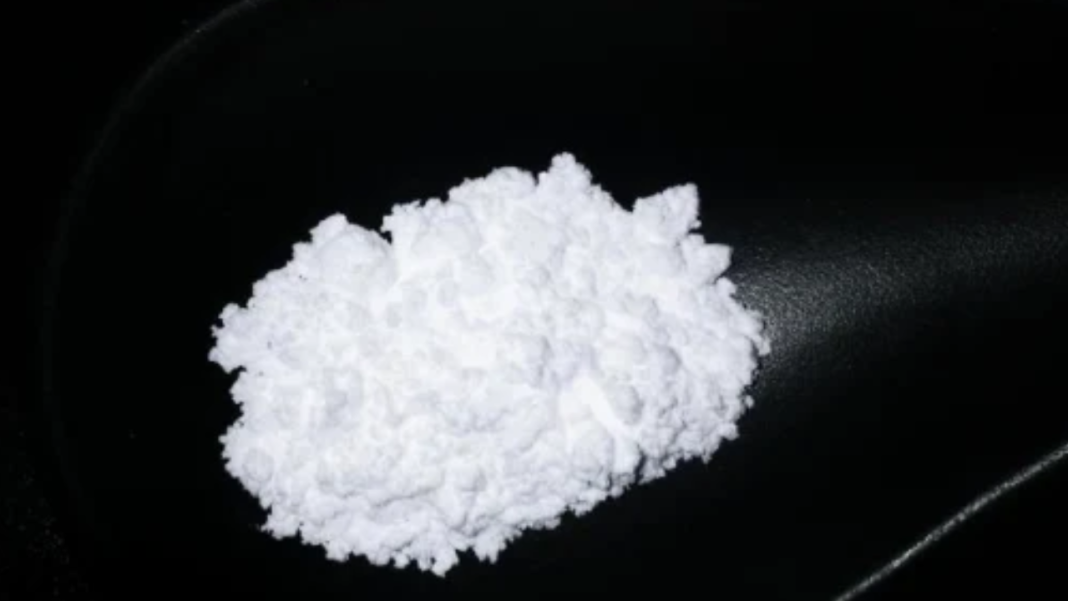Reduced glutathione, regularly truncated as GSH is a competent antioxidant that plays an essential component in protecting cell well-being and soothing oxidative extent. This tri-peptide comprises 3 amino acids glutamine, cysteine, and glycine, and is found in high concentrations inside the cells of the outline.
Its viability in neutralizing loose radicals and keeping cellular paintings has made it a popular complement in well-being and well-being circles. Understanding the generation preparation of diminished glutathione powder sheds light on how this important compound is synthesized and made accessible for different applications.
The Role of Glutathione in the Body
Before delving into the generation preparation, it is basic to understand why reduced glutathione powder is so vital. Glutathione acts as a basic antioxidant, protecting cells from oxidative damage caused by free radicals and responsive oxygen species (ROS). It moreover plays a part in detoxifying destructive substances within the liver, maintaining a safe framework, and supporting different metabolic forms. Due to these crucial capacities, the request for diminished glutathione as a dietary supplement has developed, inciting headways in its generation strategies.
Blend of Glutathione
The generation of diminished glutathione powder ordinarily includes a few key steps, starting with its union in a controlled environment. The method can be broadly isolated into two primary strategies: chemical amalgamation and organic maturation.
Chemical Synthesis
The chemical synthesis of diminished glutathione ordinarily begins with the obtainment of its constituent amino acids glutamine, cysteine, and glycine. These crude materials are combined in particular proportions to create glutathione. The quality and virtue of these amino acids are pivotal for creating high-quality glutathione.
Reaction Process
The amino acids are subjected to an arrangement of chemical reactions to form glutathione. This preparation regularly includes peptide bond arrangement, where the amino acids are connected beneath controlled conditions. The response may take put in a chemical reactor with exact temperature and pH control to guarantee ideal abdicate and virtue.
Purification
Once synthesized, the glutathione experiences a filtration handle to evacuate any impurities or by-products. This may include procedures such as chromatography, where the glutathione is separated from other substances based on its chemical properties.
Drying and Powder Formation
The purified glutathione is then changed over into a powder frame. Usually ordinarily accomplished through a handle called lyophilization or freeze-drying, where the glutathione arrangement is solidified and after that subjected to a vacuum to expel the water substance. The result could be a fine, steady powder that can be bundled for dissemination.
Microbial Fermentation
An alternative to chemical amalgamation is the utilization of microbial fermentation. In this strategy, particular strains of microscopic organisms or yeast that can create glutathione are developed in huge fermentation tanks. These microorganisms are chosen for their capacity to deliver glutathione effectively and in tall yields.
Cultivation
The microorganisms are grown in a nutrient-rich medium that gives the necessary conditions for their development and glutathione production. This medium regularly contains sources of carbon, nitrogen, and other essential supplements. The aging preparation is carefully observed to preserve ideal conditions for microbial action.
Collecting and Extraction
After a specified maturation period, the glutathione is extricated from the microbial culture. This includes isolating the glutathione from the cells and other maturation by-products. Different procedures such as centrifugation or filtration may be utilized to realize this partition.
Filtration and Drying
Comparative to the chemical amalgamation handle, the extricated glutathione undergoes purification to evacuate any residual debasements. After filtration, the glutathione is dried to make a powder, utilizing strategies like lyophilization.
Quality Control and Testing
In any case of the generation strategy, quality control may be a crucial step in guaranteeing that the diminished glutathione powder meets industry guidelines. This includes testing the ultimate item for virtue, power, and steadiness. Methods such as high-performance fluid chromatography (HPLC) and mass spectrometry may be utilized to analyze the glutathione and affirm its quality.
Packaging and Distribution
Once the reduced glutathione powder has passed quality control, it is bundled for conveyance. The packaging preparation includes filling the powder into containers that protect it from moisture, light, and discuss, which can influence its soundness. The bundled item is then labeled and prepared for shipment to different markets, counting dietary supplement producers and health product retailers.
Conclusion
The generation of reduced glutathione powder is a complex process that includes either chemical synthesis or natural fermentation. Both methods require cautious control of conditions and thorough quality testing to guarantee the final item is successful and secure for utilization.












